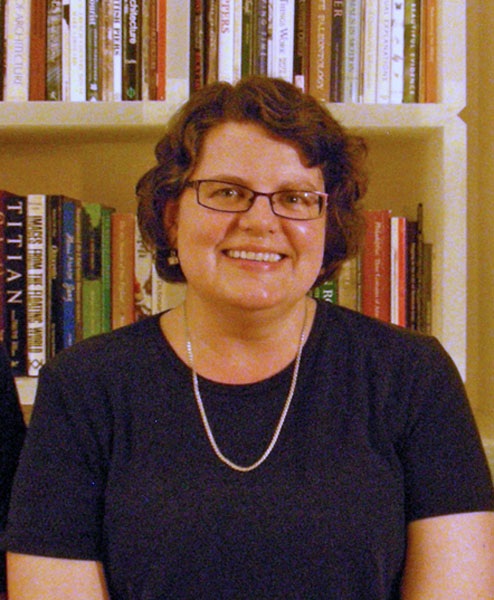The Examining Lens: Photography and the Human Body, 1830-1900
Jane E. Boyd, Ph.D., is an independent curator, museum consultant, and freelance writer, editor, and translator in Philadelphia.
A graduate of Bryn Mawr College, she earned her doctorate in art history from the University of Delaware. Jane is a guest curator for a new long-term exhibit opening Summer 2013 at the Mütter Museum of the College of Physicians of Philadelphia. She is also a contributing writer for the Chemical Heritage Foundation. In Fall 2012, she will teach an adult education course on the history of photography for the Wagner Free Institute of Science.
Photography’s invention in the 1830s created new ways of looking at everything in the world, including people and their bodies. In 1838 or 1839, L. J. M. Daguerre accidentally captured the first blurred image of humans on the silver-coated copper plate of his daguerreotype. At the end of the century, in 1895, Wilhelm Conrad Röntgen photographed the bones of his wife’s hand, astoundingly revealed through her flesh by the radiation he called “X-rays.” Physicians used photography to expand their case histories of pathology, illness, injury, and treatment, creating intense portraits of suffering and healing.
The luncheon is at 12:00 noon on Wednesday, October 10, 2012 in the Lenape Room of the University Club.


